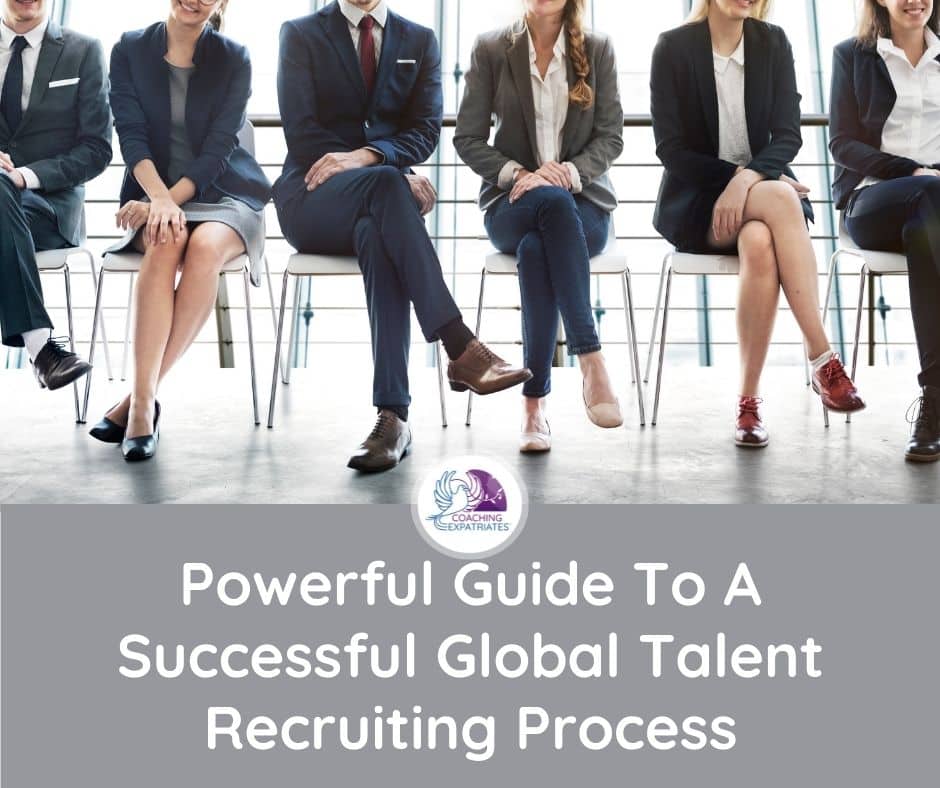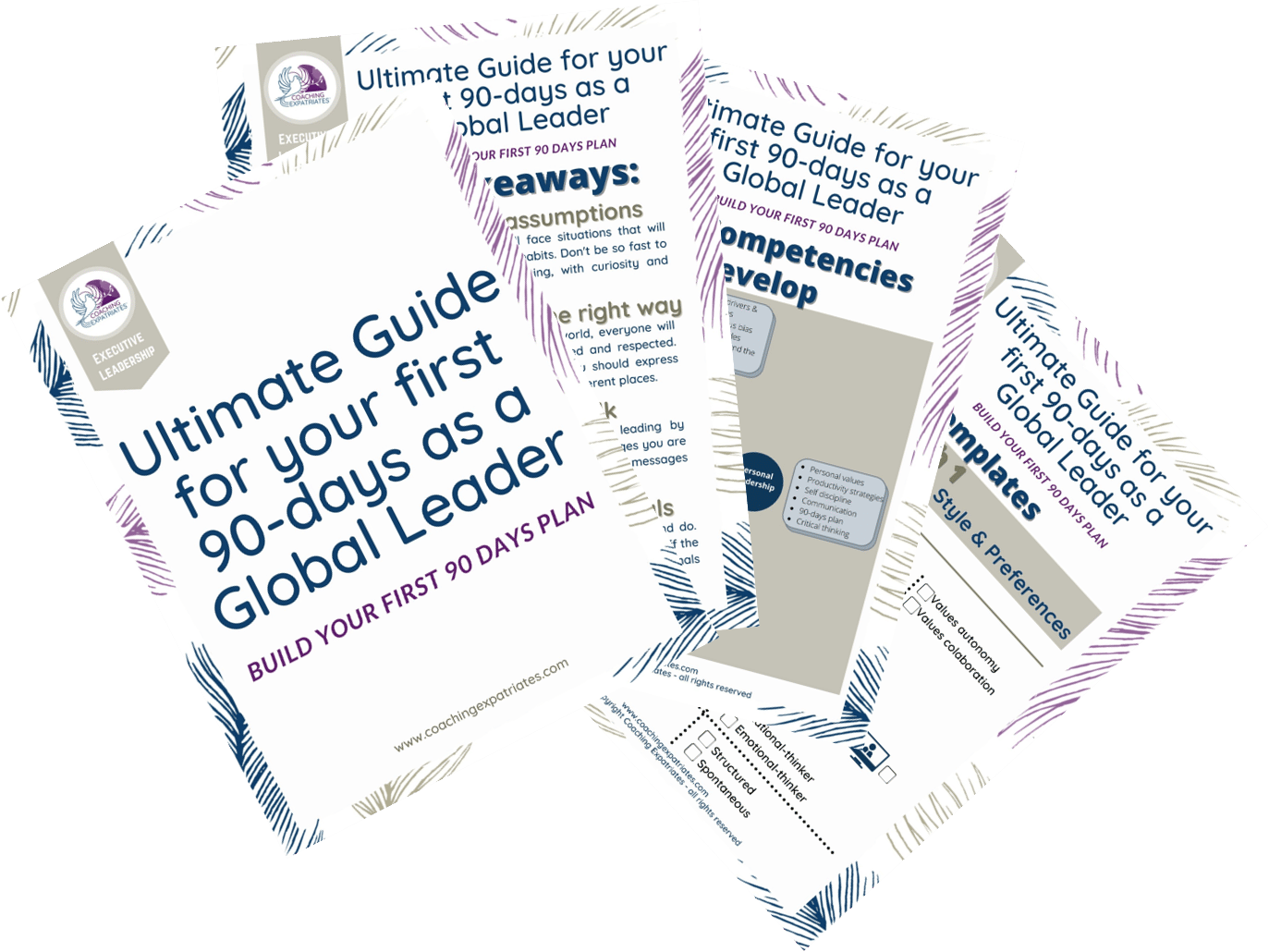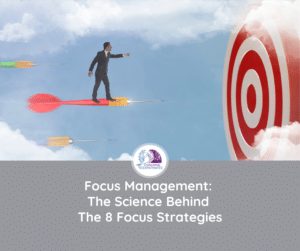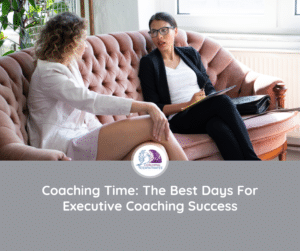Recently a person close to me was participating in a global recruiting panel as one of the interviewers and was a bit overwhelmed with the entire process. I get it. It’s not an easy job to recruit global leaders.
The recruiting process requires a lot of preparation before it, lots of energy during it, and plenty of brainpower for the discussions, analysis, and decision-making after it.
In this quick guide for recruiters, hiring managers, and coadjuvant interviewers, I’d like to share a framework to help them recruit the best global talent in the market and make sure everyone in the process wins.
Why Is The Recruiting Process So Crucial in every company?
Hiring people into an organization is one of the most important tasks there is for the continuation of a company. Not only recruiting brings fresh talent to the company, but it also screens people with the right set of values and behaviors to make part of a cultural organization. And it also builds a talent pipeline for succession planning.
On the flip side, hiring the wrong person for a job can be disastrous. Everybody loses. The company loses money because it will have to go through another recruiting process altogether, which costs money. The hiring manager loses because the job is not done as expected, with even potential negative impacts on the entire team’s productivity. And the one recruited loses as well because they will be unhappy in their jobs and will potentially have to look for another job.
To bake some research into what I am saying, according to the CareerBuilder survey, nearly 3 in 4 employers say that they were affected by a wrong hire. And according to the LinkedIn Global Talent Trend Reports, 83% of the talents say that a negative interview experience can change their minds about a company they once liked.
As you can see, recruiting has a tremendous responsibility.


What Skills Must One Have During The Recruiting Process To Succeed?
Here are some of my tips in regards to what skills you have to exercise to succeed during the recruiting process:
- Understand the hiring needs.
- Ask excellent and purposeful questions that tie with the hiring needs.
- Be a good listener and catch things beyond words.
- Have business acumen to understand the company’s needs.
- Have an eye for the succession plan potential of a candidate.
- Spot candidate’s values from a conversation and see if they match with what the company wants.
- Be observant of body language and understand what it means when interviewing outside your country.
- Establish trust and rapport early on.
- Make the interview conversational.
- Provide a good experience and closure to the candidate.
- Be fair, transparent, and kind.

When leading a recruiting process or even just participating in one, you must remember 3 things:
- The company. Your objective is to make the best selection for the company.
- The candidate. Your candidate is a human being who has hopes, dreams, and fears. Everyone is worthy of respect. So be respectful.
- The recruiter. Like everybody else on the planet, you are fallible, so you have to exert all your power to make counter-measure preparations to avoid that.

How Seasoned Recruiters Prepare For The Recruiting Process?
There are 2 types of preparations that very seasoned interviewers work on:
- the operational aspect of recruiting
- the tactical element of recruiting
A) Operational Aspects During The Recruiting Process
1- Make sure all the setup is right. Schedule the interview, book a room or the venue for where the interview will happen, and prepare food and drinks for the days this recruiting process will occur. Make sure there are proper breaks between interviews, including for lunch/dinner.
2- Always make open-ended questions. If you have trouble doing that (some cultures use closed-ended questions more frequently in day-to-day life, so it is understandable), you can use the starters like “How,” “What,” “Why,” and “when.” One of my favorites is: “tell me a time when…”
3- Keep the question short. If you are using more than 10 to 20 words in your question, generally, you are doing it wrong.
4- Don’t put context into every question. I know in regular conversations, we usually have to contextualize things so people can understand us. In interviews, your objective is to make the interviewee talk. And based on what they talk about, new questions can come up for you. The rule is, the less context, the more open a question is, the higher the chances they will talk more. The more they talk, the more you’ll learn about them. The easier it will be for you to evaluate if they are who you want or not.
5- Use the 20/80 rule. This rule says that you talk only 20% of the time, and your candidate talks 80% of the time. And most of this 20% will come at the end when you open for questions and you are asked things. If you are an extroverted and talkative person, make sure to remember this rule before you start every interview.
6- Ask competency-based questions. You want to learn more from what your candidate can do, as opposed to what they had done. Asking what they have done will make them tell you task-based things that they have done. While asking about competencies, make them tell you competency-based things or what competencies they used to accomplish tasks. There is space for both types of questions, but you ultimately want to learn about their potential, not only what tasks they used to perform.
7- Make the interview conversational, not confrontational. Remember that you are not the only one interviewing here. The candidates will also “interview” you. How you show up matters. Make sure to make the candidate feel welcomed. You should reverberate the company’s values through your actions and demeanor throughout the conversation. Plus, the more comfortable they are with you, the more they will open up.
8- Break the ice at the beginning. No matter how seasoned and experienced an interviewee is, they will always be nervous for an interview. And it makes sense: in an interview, you are being judged, and nobody likes to be in the position where they are being judged. So make them feel comfy at the beginning by breaking the ice. Don’t make the mistake of jumping to the first question right away. Try to create some rapport first. The rule is, use between 3 to 7 minutes to break the ice. The higher the level you are hiring, the more important this point is. Also, during the ice-breaking period is when you’ll get a body language baseline.
9- Be present in the moment and listen. Look, out of respect, make sure to be present as much as possible. Leave your problems, projects, issues behind once you enter the interview room or venue. And make sure to actively listen to what the candidate is saying. I know this sounds obvious, but I cannot tell how many times I saw leaders spacing out in the middle of an interview.
10- At the end of the interview, tell them what the next steps are. This is part of expectations management basics, folks. Imagine this: these guys are eager to make a transition, so they are anxious to know what is going to happen next, when, and what to expect. So prepare a speech about this, to tell them at the end. How long will it take to make a decision? Will they be contacted only if it’s a positive answer, or will they be notified if they were not chosen as well? Will there be other interviews if they “pass” this one? These are just some ideas of what questions most candidates usually have about the next steps. So prepare yourself ahead, and tell them what the next steps are, even if they don’t ask.
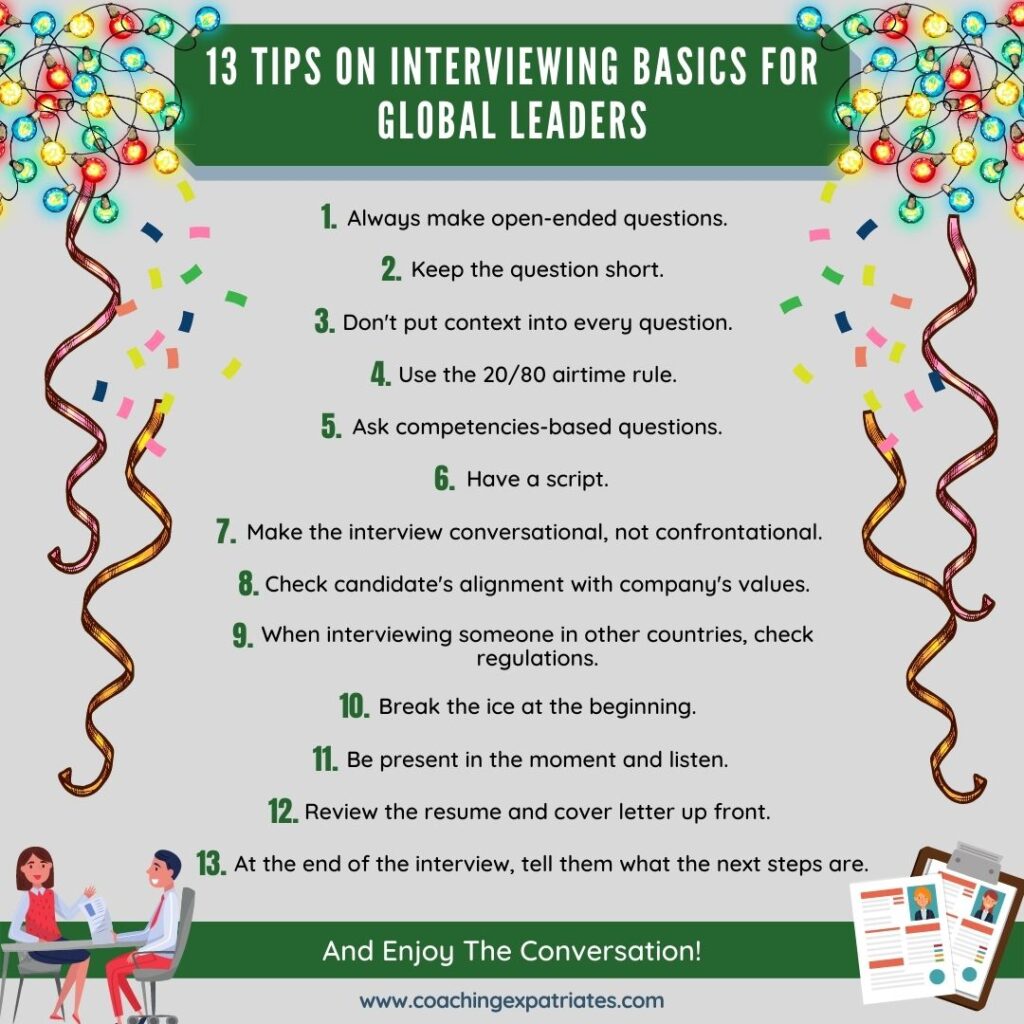
B) Tactical Elements During The Recruiting Process
Tactical elements in a recruiting process are things that you do and think about based on a bigger picture.
1– Check alignment with company values. I cannot tell how many leaders forget this altogether. My personal policy always was that I could have the best candidate in the world in front of me. If they are not fully aligned with company values, I will not hire them, no matter how much I need a new employee. Hiring people that are not fully aligned with your company values is trouble down the road, trust me. Or will end up figuring in your turn-over metric. Make yourself a favor and check (with open-ended questions) if they possess the values that the company wants employees to display.
2-When interviewing someone in other countries, check regulations. In some countries, certain questions are forbidden by law. Make sure to know what you can and cannot ask, before going to the interview, so that you don’t put yourself into trouble, as well as your company.
3– Review the resume and cover letter upfront. Don’t make the mistake of reviewing their details at the last minute, or leave them for during the interview. Reading the resume and cover letter beforehand helps you identify what things you need to clarify and which competencies you want to verify. If you don’t prep before, you will miss out on important questions.
4- Review the job description upfront. From the tactical aspect point of view, this is the third most important thing to do, after checking values and defining selection criteria, in my opinion. If you don’t know what that job requires, all your questions will be empty. And even if they are good questions, you might lose your chance to inquire about specific things that the job really needs in that candidate. And you’ll make the recruiting process harder because you’ll either dismiss a potentially good candidate since important things were not brought up or because you’ll have to call them back for another interview.
5- Get the hiring manager’s perspective of what’s important to ask or look for. Sometimes a job description will not have all the nuances that a hiring manager is looking for. The hiring manager may be wanting to diversify the team and have a data-driven personality to the team. Understanding the team’s needs is essential, and you might get interesting takes from the hiring manager. Just one note on job descriptions: make sure they are clear and fair. It must contain all the requirements for the job in order to be transparent. Many companies nowadays are including even personality traits (such as being data-driven and analytical) in their job descriptions as well, for it to be as transparent as possible.
6– Have a script. Many leaders are against interview scripts with the list of questions because they feel constricted in the interview. Scripts are meant to remind you what to cover and to help you guide your thinking. There are interviews that go completely the other way. Sometimes in the middle of the interview, you see the candidate does not fit a certain position but is perfect for another, and you change the set of questions completely. Scripts are not meant to be followed to the letter if you don’t want to; they are meant to guide you on what to cover and make you be the most productive possible during that time with that candidate. Scripts are also important because they make the process of asking consistent and fair. This makes sure you avoid bias, and provide the same fair chance to all the interviewees.
I recently came across an awesome company called Accuhire, that provides a structured methodology and script to interviewers based on their initial candidate criteria for skills and competencies. I loved the idea. The setup is super simple, detailed, and very customizable, and you get out of it with a ready script for use in your interviews. Basically, you tell the system what are the skills and competencies required from a candidate, and it gives you a set of questions to ask the candidate, to gather and access the information you need to evaluate the competency or skill. Pretty useful, easy, and productive! I love that you can simply print the template, give it to all the interviewers of the specific job position, and ensure everyone is making the same set of questions for consistency and fairness. Pretty awesome for those companies who have 7 or 8 rounds of interviews with different stakeholders!
7- Develop a selection and rating criteria. This not only helps you avoid decision fatigue but having clear criteria for your selection decision-making process will make it fairer and faster. And this will have to be customized for every job and position because each hire can be pretty unique. Of course, with time and experience, you’ll have developed rating criteria enough to be able to start leveraging some you created in the past and recycling them. Having a set of well-defined criteria will substantially help you during the recruiting process by being transparent and objective. Plus, this ensures your job description that will be posted for candidates are also clear of your expectations.
8- Add good talents to your talent pool. During the recruiting process, you’ll bump into global talents that might not be a good fit for that particular job or position, but that does not mean they are fantastic talents! You should keep track of them. How many times I see global leaders dismissing talents and throwing their resumes into the garbage just because they were not the chosen ones! If you don’t have a recruiting system to store and flag them as exceptional talent, find a workaround, but make sure to store and flag their resumes as potential talent. Give it some tags so that you can remember in the future what surprised you or wow’ed you about that person.

What To Do After The Recruiting Process Is Over?
Once recruiting per se is done, there is a lot of pondering, analysis, and decision-making. If you created a set of strong rules and criteria to help with the selection, it might go more effortless, but you are still definitely not done! Here are the things you will still have to work on:
- Review your notes. Translate these notes into your criteria for selection.
- Choose the best talent. Your choices must reflect your criteria. If they don’t, either the criteria were not well constructed, or the candidate is being selected with some sort of bias, and this is a big red flag for you.
- Make a compelling job offer. See our video with great tips to make compelling offers to global talents.
- Inform unselected talents of your decision. As I said before, these are people. Be respectful. They are eager to know if they are the ones. So let them know that they are valuable and talented people, but they did not fit into what the company is looking for right now.
- Store and tag exceptional global talents in your pool of talents. Like I said before, don’t miss out on good people. It’s so hard to come across great talents. If you find one, make sure to store and flag them as one in your recruiting system. One extra tip is to engage with them and keep in touch. Many companies send them specific letters to express how impressed they were and invite them for networking events with other internal global leaders.
There you go, global leader! These were my favorite tips for an excellent recruiting process. And as you can see, preparation and planning are the mothers of good recruiting!
Where Can I Learn More About Important Global Leadership Skills That You Mentioned In This Post?
Option 1: Global Executive Leadership Program
If you are serious about learning more about crucial global leadership skills, you should learn more about the 4 pillars of global leadership. We will soon launch a Global Executive Leadership Program covering all aspects of the 4 pillars of global leadership in a very transformational and interactive self-paced online course. It’s not meant for any leader. It’s intended for those who want to be impactful, influential, and inclusive global leaders. It’s for those who want to hire and develop the best global talents in the market. If this is who you want to be and want to learn all the skills and competencies in each of the 4 pillars – including people leadership – in one single place without any hassle, subscribe to get more information on the program, and you’ll be notified once it’s launched.
Option 2: How to become a 3i Global Leader — Free webinar
If you seek a quick training, that talks about some examples and experiences in each of the 4 leadership areas to illustrate them, stay tuned for our on demand webinar. It’s a 90 minutes webinar packed with information on the 4 secret pillars of success and how to become a 3i global leader (impactful, influential, inclusive). Subscribe to our newsletter so that we can let you know when it’s out.
Option 3: Global Leadership Competencies — Coaching Program
On top of this, we also offer executive coaching programs for busy professionals. Contact us if you want to improve a specific skill in any of the 4 pillars or work on many skills at once. We can customize a program just for you. Or, conversely, you can follow our regular program, where we will talk about one of the competencies each week during a longer program.
If you enjoyed this post, consider subscribing to our newsletter. We cover productivity tips, habit hacks, and leadership skills for global leaders who want to be impactful, influential, and inclusive. Or the “3i” Global Leader. We know your inbox is sacred, so we write only once per week with amazing stuff, and we never share your information. If you think this might be your thing, use the form below to subscribe.

